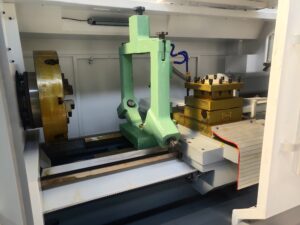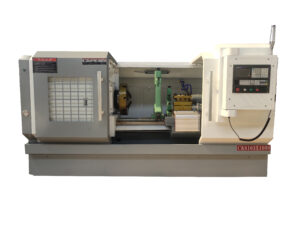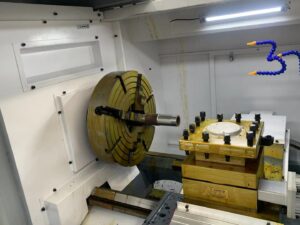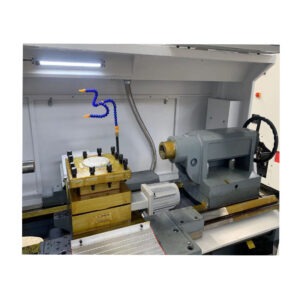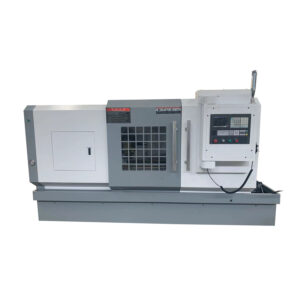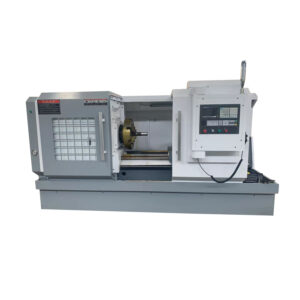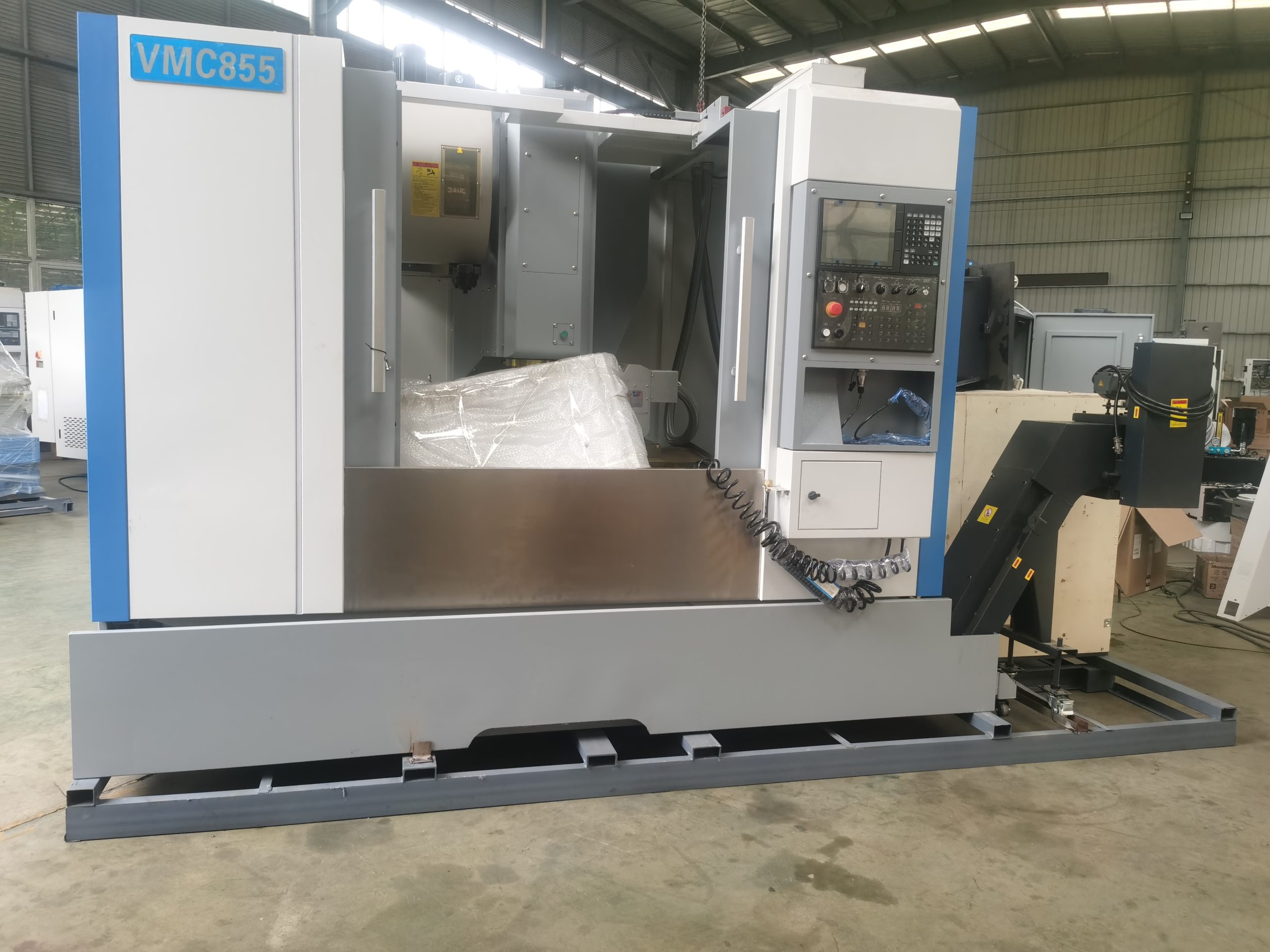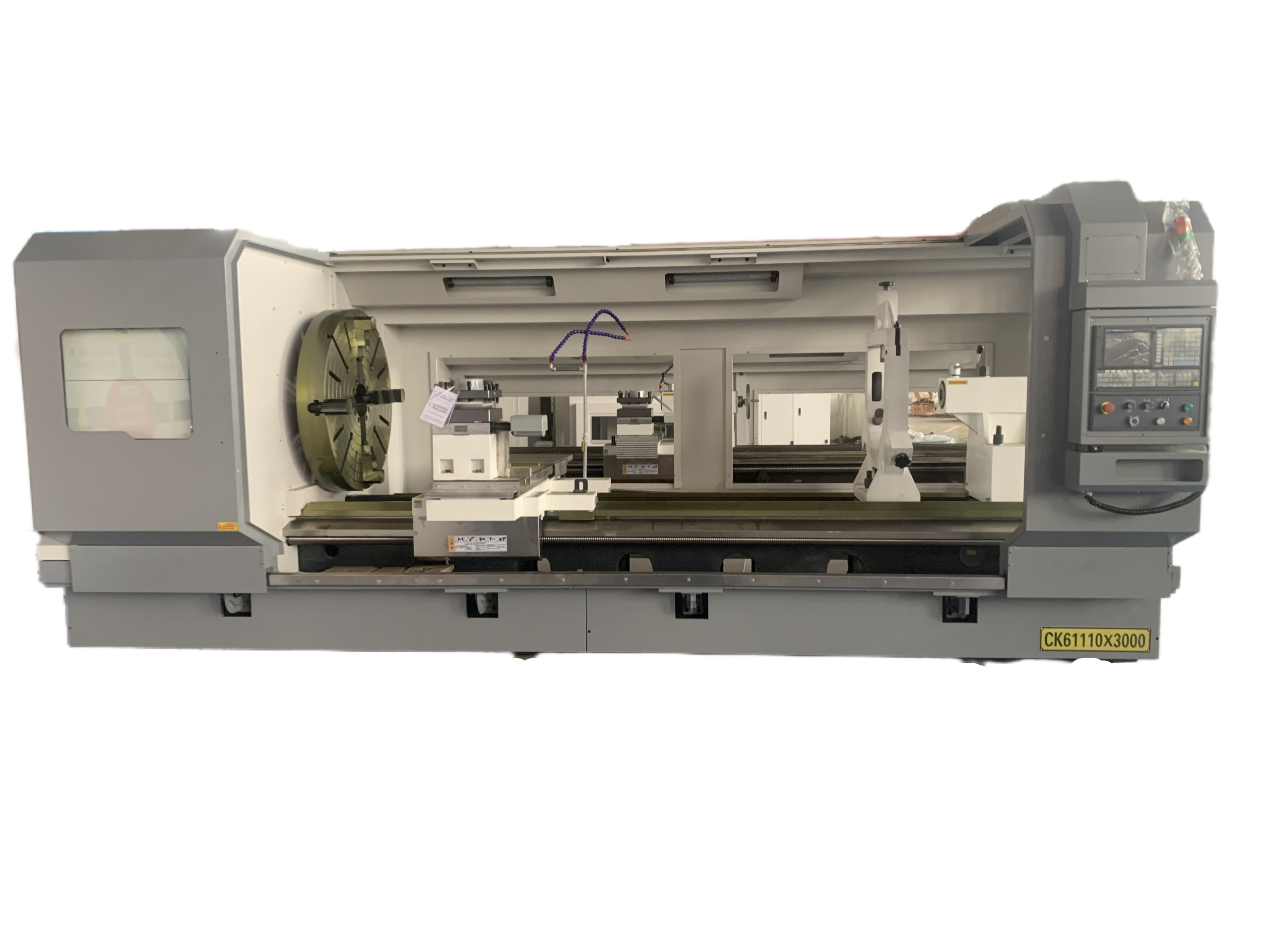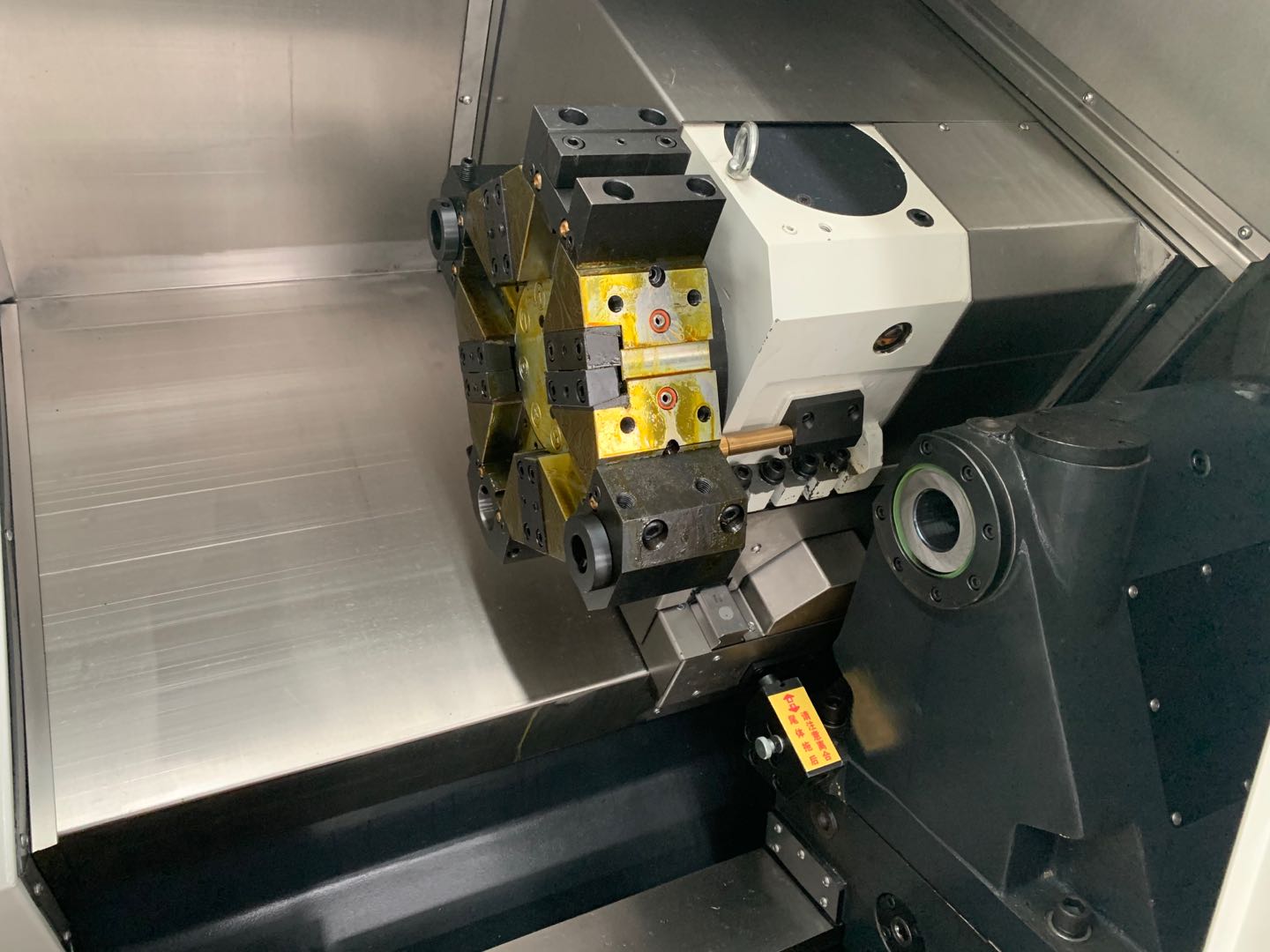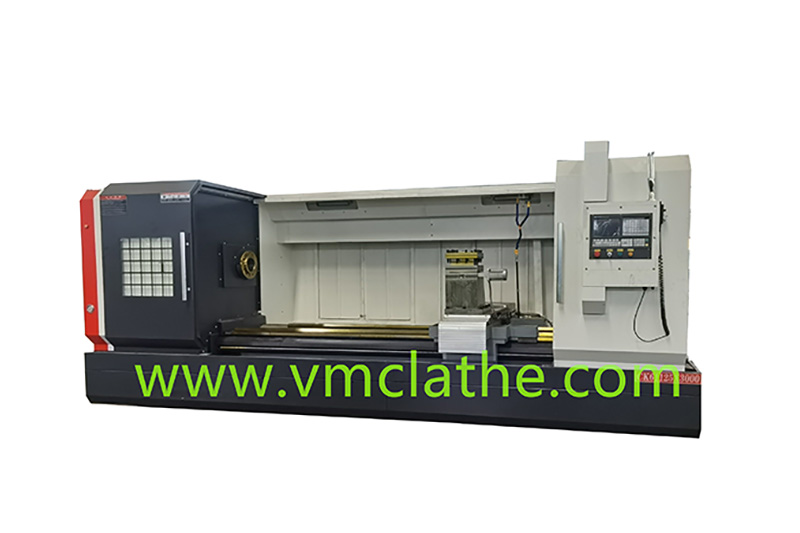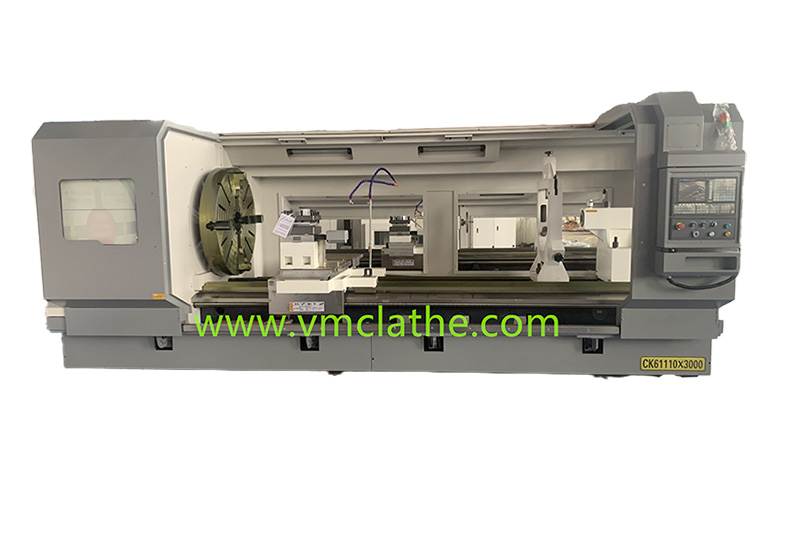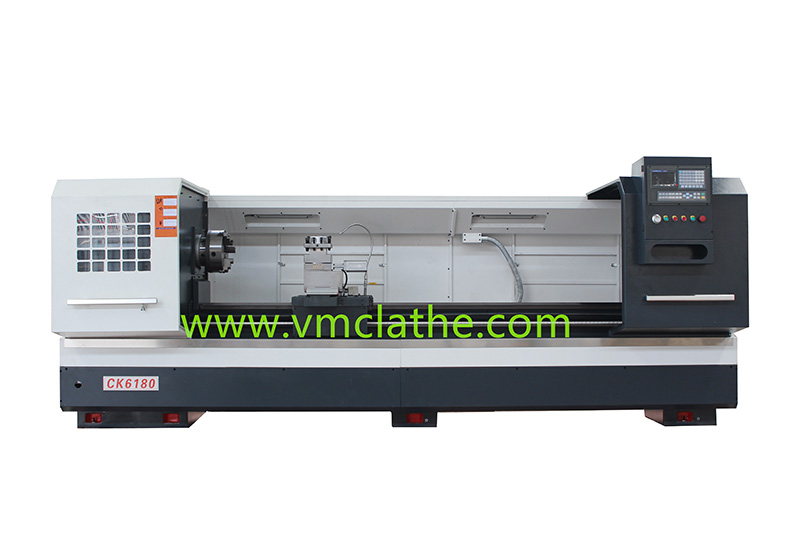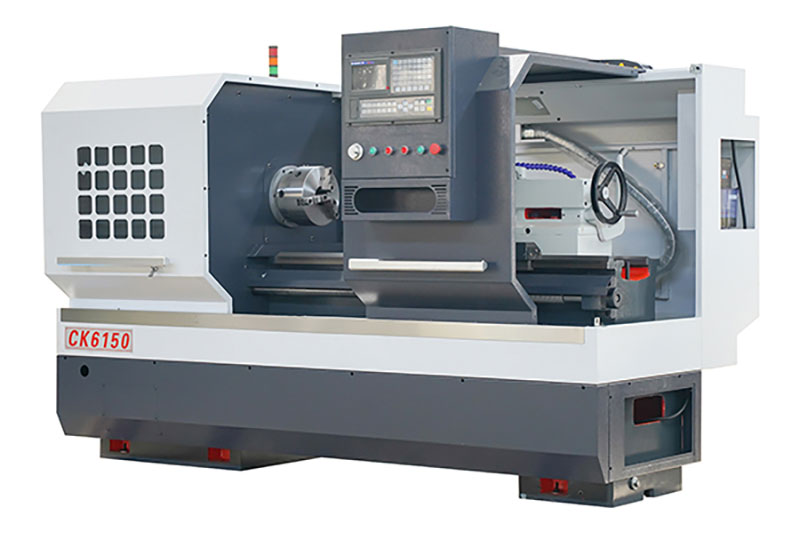When choosing the chuck type for a flat-bed CNC lathe, multiple factors need to be considered, including the shape and size of the workpiece, processing accuracy requirements, production efficiency requirements, and cost budget. Here are some key points and suggestions to help you make a reasonable choice:
-
Classification of chuck types
From the structure and number of jaws of the chuck, common chuck types include two-jaw chucks, three-jaw chucks, four-jaw chucks, six-jaw chucks, and eight-jaw chucks. Each chuck has its specific application scenarios and advantages and disadvantages.
Two-jaw chuck: Suitable for occasions where the precision requirements are not particularly high, such as rough machining or workpieces with no positional accuracy requirements.
Three-jaw chuck: One of the most commonly used chucks, with automatic centering function, large clamping range, fast clamping, suitable for mass production and processing, especially for bar workpieces.
Four-jaw chuck: divided into linkage type and single-action type, suitable for clamping square or heterogeneous workpieces to prevent workpiece deformation.
Six-jaw chuck and eight-jaw chuck: The main purpose of increasing the number of jaws is to increase the contact area and prevent the workpiece from deforming. It is suitable for workpieces with high precision requirements such as thin-walled parts.
-
Chuck power type
From the power source, chucks can be divided into manual chucks, pneumatic chucks, hydraulic chucks and electric chucks.
Manual chuck: The chuck is clamped and loosened by turning the wrench, which is suitable for some simple processing or low cost budget occasions.
Pneumatic chuck: The clamping force is lower than that of the hydraulic chuck, but the fully enclosed design is less polluted. It still maintains the inherent clamping force when there is a sudden power failure. It is suitable for occasions that require fast clamping and high safety requirements.
Hydraulic chuck: The clamping force is large, the accuracy is stable after the jaws are trimmed, the clamping is fast and the operation is convenient and simple. It is the preferred choice for mass production of automated equipment and is suitable for high-precision and high-efficiency processing requirements.
Electric chuck: Using electric drive, it has a higher degree of automation, but the cost is relatively high.
-
Selection suggestions
According to the shape and size of the workpiece:
If the workpiece is round or bar stock, and the processing volume is large, it is recommended to choose a three-jaw chuck.
If the workpiece is irregular in shape or requires high-precision positioning, a four-jaw chuck or a six-jaw/eight-jaw chuck can be considered.
According to processing accuracy and production efficiency:
For processing tasks with high precision requirements, such as the processing of precision parts, it is recommended to choose a hydraulic chuck or an electric chuck.
If production efficiency is the primary consideration and the processing accuracy requirement is not particularly high, a pneumatic chuck or a manual chuck can be selected.
Consider the cost budget:
The manual chuck has the lowest cost and is suitable for occasions with limited cost budgets.
Although hydraulic chucks and electric chucks are more expensive, they can improve production efficiency and processing accuracy and are suitable for occasions with high requirements for processing quality.
Other factors:
It is also necessary to consider factors such as machine tool compatibility, chuck installation and maintenance convenience.
If it is necessary to frequently change workpieces or carry out small batch production of multiple varieties, it is recommended to choose a chuck type that can be quickly clamped and positioned.
In summary, the selection of the chuck type for a flat bed CNC lathe requires comprehensive consideration of multiple factors such as workpiece shape, processing accuracy, production efficiency, cost budget, and machine tool compatibility. When making a choice, it is recommended to evaluate and compare according to specific processing needs and actual conditions.

